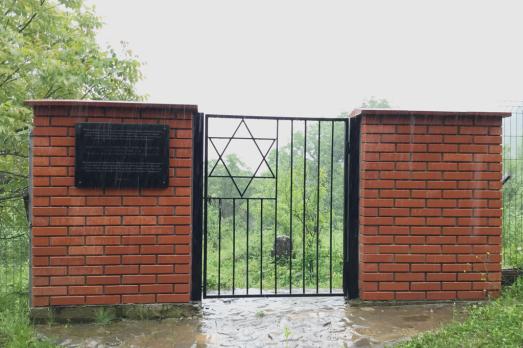
Monastyrets Jewish Cemetery
Monastyrets, UA
The period of the cemetery’s establishment is unknown. It first appears on a cadastral map of 1865. The fence was installed by ESJF in July 2016.
Here you can search for a building to visit. You can use the map find destinations, or you can use the filters to search for a building based upon what different criteria.

Monastyrets, UA
The period of the cemetery’s establishment is unknown. It first appears on a cadastral map of 1865. The fence was installed by ESJF in July 2016.

Monchique, PT
Monchique Parish Church (Igreja Matriz de Monchique) is a 16th-century church portraying different architectural styles but with a clear influence of the Manueline style.
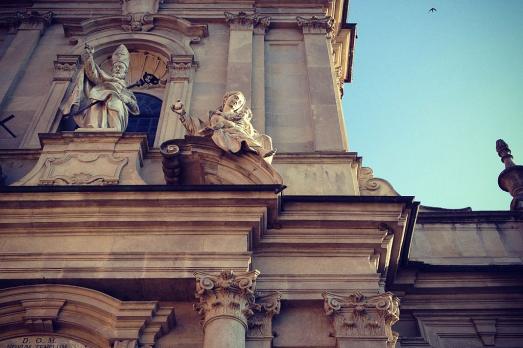
Mondovì, IT
The current Mondovi Cathedral was built according to the plans of the architect Francesco Gallo between 1743 and 1753 and consecrated ten years later by Bishop Michele Casati. The first cathedral was the parish church of San Donato (12th century), which was replaced by a new Renaissance church at the beginning of the 16th century. The latter was demolished by order of Duke Emanuele Filiberto in 1574, then the church of San Francesco became the cathedral before giving way to the present cathedral.
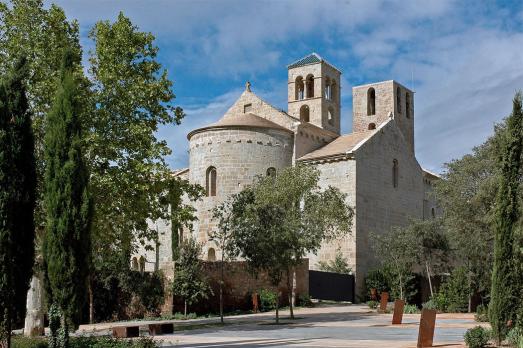
Sant Fruitós de Bages, ES
The Monastery of Sant Benet de Bages was founded in the 10th century. It currently serves as a museum promoting the monastic history of the place and also offers various gastronomic and nature experiences.

Girona, ES
The monastery of Sant Daniel was established in the 11th century by Ramon Borrell (972-1017) and Ermessenda de Carcasona (c975-1058), Counts of Barcelona, Girona and Osona. The Romanesque church is the oldest building of the complex, built after its foundation. The cloister, also Romanesque, dates from the end of the 12th century.
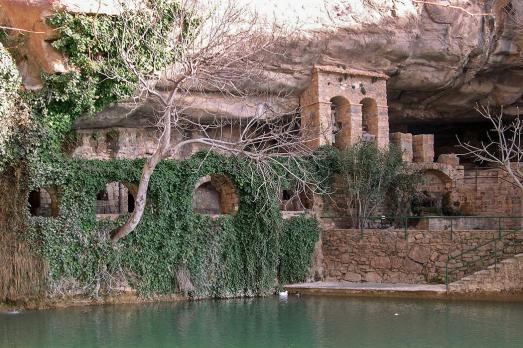
Riells del fai, ES
The Monastery of Sant Miquel del Fai was founded by Gombau de Besora, lord of the nearby castle of Montbui, in the 11th century. The monastery is located in a stunning natural environment, surrounded by caves and waterfalls.

Rabós, ES
The monastery of Sant Quirze de Colera's origins are unclear, but according to documentary evidence, it was active in the 8th century. The church, which has three naves and a transept together with cloister ruins, defensive features, and outbuildings, is the most important building of the whole complex.
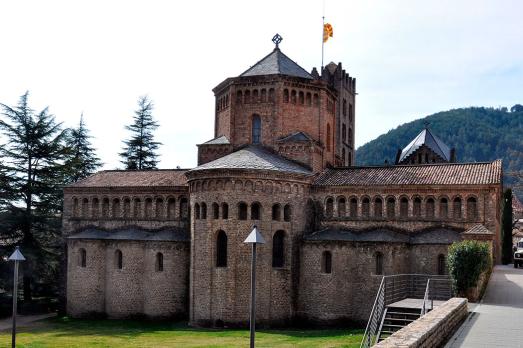
Ripoll, ES
The monastery of Ripoll, along with other monasteries in the area, played a central role in the colonisation and repopulation of the Ripoll valley on the northern slopes of the Pyrenees in the 9th century. The monastery was expropriated during the Spanish confiscation in the 19th century. The complex was restored in 1863 and in 1893 the church of Santa Maria was consecrated again.

Tarragona, ES
The Cistercian Monastery of the Saint Cross (Monestir de Santes Creus) is one of the largest monastic complexes in Cataluña. Its foundation dates back to the 12th century.
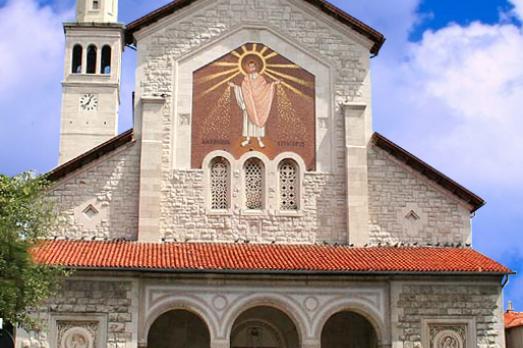
Monfalcone, IT
Monfalcone Cathedral was built between 1926 and 1929 on top of an old 18th-century church, traces of which can be seen behind the present cathedral. This church was itself the restoration or reconstruction of an ancient church of medieval origin. During the hostilities of the First World War, the bell tower collapsed on the building, eventually destroying the church. At the end of the war, the only remaining place of worship had to be rebuilt, hence the construction of the present neo-Romanesque building in the 1920s.

new
The Chassidic Route is a cultural and historical trail tracing the rich legacy of Jewish communities in southeastern Poland and western Ukraine. This region was central to the rise of Chassidism in the 18th century. Here, we highlight 10 remarkable synagogues you’ll discover along this route.

he cradle of the Industrial Revolution in Germany, Chemnitz, is well-known for its industrial heritage landscape, but the city is also home to remarkable examples of religious architecture from different historical periods. Join us as we explore the key landmarks of this European Capital of Culture 2025.

The twin towns of Nova Gorica (Slovenia) and Gorizia (Italy), lying on the border between the two countries, have a rich religious heritage, steeped in centuries of tradition. If you are looking for ideas for your visit, take note of these 10 religious sites that you should not miss.